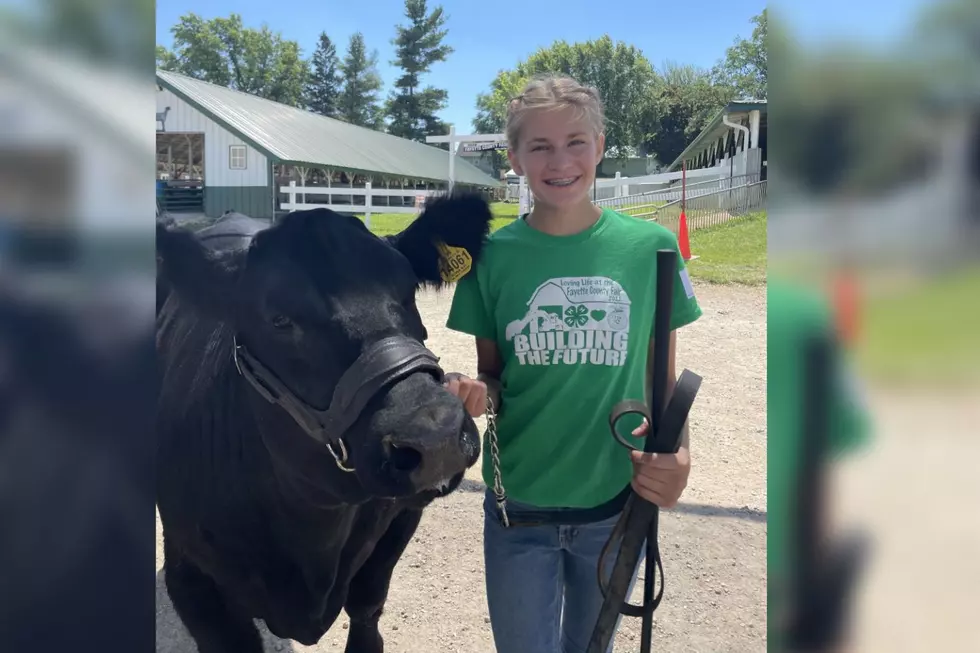
Iowa Farmers Are Reminded Of An Upcoming Tax Deadline
March 1st is right around the corner and if your income comes from either farming or fishing, that means you have a tax deadline coming up.
While your taxes are not due until April 18th, farmers and ranchers that file by March 1st can avoid making any estimated tax payments. According to Larson Accounting Group, this usually applies to those operations that’s income was “at least two-thirds of the taxpayer’s total gross income in either the current or the preceding tax year”.
Roger McEowen, an ag law and tax professor at Kansas State University and Washburn University gives last-minute pointers as March 1st approaches.

According to a NAFB source, McEowen said those that are filing by the March 1 deadline should be close to done by now but it’s important to double-check to make sure you properly claimed all your farm-related deductibles.
“If you weren't able to deduct the number of prepaid expenses that you were anticipating because of a lack of supply or the high cost of inputs might have limited you in doing so, then you might want to consider making a farm income averaging election. If you purchased equipment and it was ready and available for use in 2021, did you claim the amount of depreciation that is optimal from a tax planning standpoint? Remember, 100 percent bonus depreciation may not be available after 2022.”
The key, he said, is to make sure your tax plan lines up with your management goals.
“Every situation is unique. The key is to make sure your tax planning fits within your overall management goals and objectives and improves the bottom line. That may mean accelerating deductions and pushing income into the next tax year or it could mean the opposite. It might also mean that the timing of asset purchases matters. In any event, it's imperative to stay connected to your tax professional.”
IDOT Reconstruction Plan For I-80 & First Avenue in Coralville
LOOK: Here are the 25 best places to live in Iowa
More From 94.1 KRNA





![Fayette County Celebrates National 4-H Week [PHOTOS]](http://townsquare.media/site/672/files/2022/09/attachment-20220721_200525.jpg?w=980&q=75)


